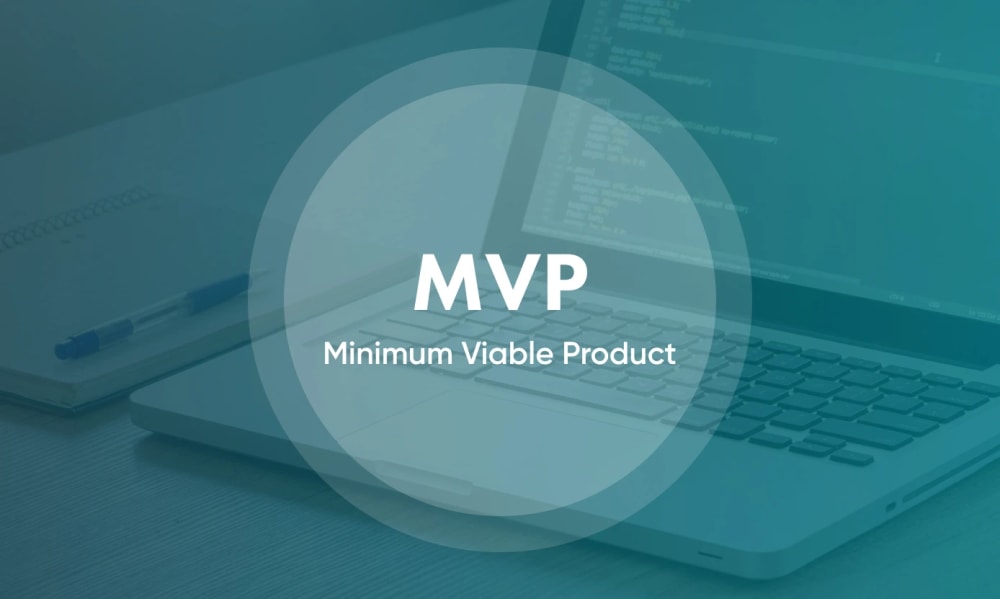Having a great idea to improve healthcare, make medical services more accessible, or help out local medical facilities to organize workflow is great. Yet, where is the proof your vision can revolutionize the healthcare sector, provide effective solutions for patients and medical professionals, and make a profit? Healthcare MVP development can help you with that! MVP is much more than a proof-of-concept or prototype. It’s a way to connect with your target audience, tailor your idea to the end-user needs, and improve the final product. So, let’s get down to how the MVP-first development approach can enhance your healthcare products.
Why choose the MVP development approach in the first place?
Some startups and entrepreneurs skip MVP development and just jump to building a final app. What’s the harm in that, you ask? Even if your proof-of-concept and prototype gave positive results and helped to secure enough funds, it’s not a bullet-proof guarantee that the final product will strike the market. Moreover, many researchers state that almost 90% of tech startups fail. The reasons vary from lack of investments and marketing issues to market-fitting problems.
So, why should you choose healthcare MVP development over just developing a fully-functioning app? To avoid ending up among that 90% who failed! With the minimum valuable product, you can test your idea with real users, gather their feedback, and start making a profit before the final product is launched. You can learn what exactly patients and medical professionals need, their pain points, and what solutions they see as more fitting. Healthcare MVP is a cheat code that helps you launch an optimized, enhanced, and effective app tailored to success.
Healthcare MVPs types: brainstorming the ideas
The healthcare sector is one of the main industries that benefit from tech products, top-notch software, and outstanding applications. Let’s take a look at some main directions you can take when developing a healthcare product.
Management apps
- Patient care coordination. A platform for healthcare providers to simplify and streamline communication between professionals and medical staff.
- Medication management. App for patients to manage their medications and prescriptions.
Health& Fitness application
- Mental health support. Platform with mental health resources, mood-tracking tools, and meditation exercises to support users in managing their mental well-being.
- Personal Fitness. An app with tailored workout routines or nutritional plans based on individual health data and personal goals.
Reminders apps
The reminders app is usually connected to the larger system notifying users about upcoming vaccines, scheduled appointments, regular doctor checkups, or prescription updates.
Remote health monitoring apps
- An app that enables video consultation with various medical professionals and remote patient diagnostics, boosting healthcare accessibility.
- Wearable health tracker. Apps that sync data from a wearable device to monitor physical activity, vital signals, sleep patterns, and more.
Main benefits of healthcare MVP development
Some may argue that delivering a well-built finished product is much more efficient than investing resources in MVP development. If you’re also questioning the advantages of MVP projects for healthcare tech solutions, here are the top benefits that will change your mind.
- Faster time to market. MVP project focuses on essential core features, allowing launching a limited-functionality version much faster. Meaning your product can be introduced to the market and end-user quickly, gain the necessary feedback, and start earning a reputation for the future.
- Cost-effective. MVP development involves fewer resources, both time and money. By investing less in MVP, you can validate if the app will be a success or what updates to implement to improve the product.
- Early adoption and market learning. Gathering feedback from early adopters and real-life users helps to evaluate the market’s response, adapt strategy accordingly, and deliver a better-suited app for the target audience.
- User-centric approach. MVP development prioritizes user feedback and engagement from the jump, ensuring the products align with audience needs and preferences.
- Risk mitigation. MVP helps mitigate various risks associated with large-scale product launches. By testing the app on a smaller audience, you can quickly identify potential risks or challenges and resolve them before the product meets the general public.
- Scalability and flexibility. Most famous MVP projects, like UBER, started small, proving a solid foundation for future growth.
MVP development workflow for healthcare products
We’ve covered the importance of MVP projects for healthcare product development and potential benefits. Yet, one more question is left. How complicated is the healthcare MVP development process? Nothing to be stressed about. Let’s take a glimpse at the MVP project workflow.
Step 1. Niche research. Before you dive into development, investigate the market for similar solutions, competitors’ flaws and advantages, users’ needs, and demand for your particular product.
Step 2. Concept design and tech feasibility. MVP is not a final app. Therefore, you should prioritize core features and select limited functionality for a minimum valuable product. During that step, you should create a roadmap for further development, validate the functionality set, and select the proper tech stack.
Step 3. Indicate a budget and allocate resources. Now that you have a detailed project plan, gather resources to deliver high-quality and robust software development.
Step 4. Developing, testing, and launching. It’s time to bring your idea to life. Create eye-catching and brand-aligned interface design and outstanding user experience. Don’t rush to introduce fun features and additional functionality. Focus on polishing essential features and quality assurance.
Step 5. Gather feedback. The post-launch stage is crucial for your healthcare product. Connect with end-user, listen to their positive and negative feedback, track engagement, and analyze all received information to enhance your app.
Wrapping up
Unfortunately, healthcare MVP is still underestimated. Yet, it’s a secret weapon you need to enable any healthcare software or application to recruit additional investors, promote your product early, and introduce effective and NEEDED solutions. Test run your idea in the real world to build a revolutionary solution for the healthcare industry. Choose an MVP-first approach to empower healthcare products for great success!

